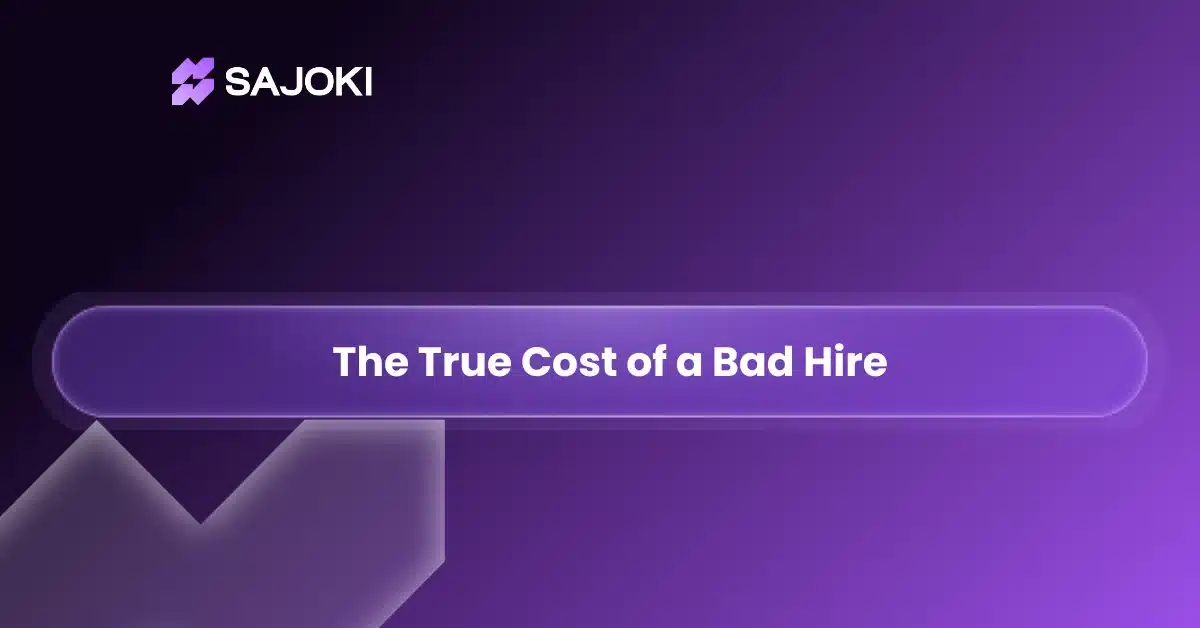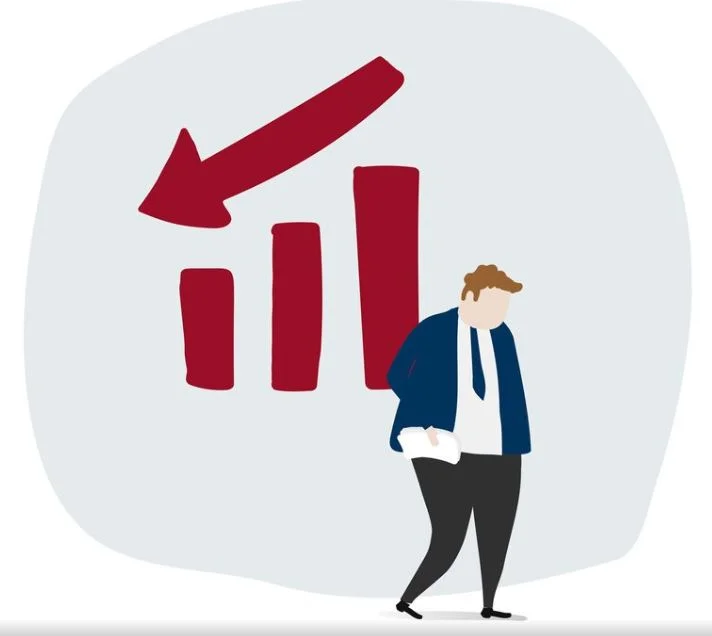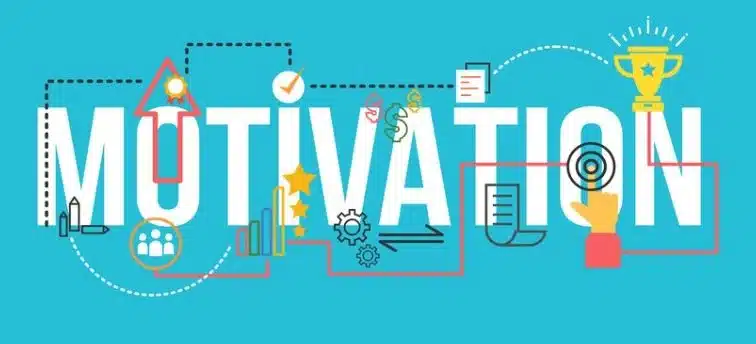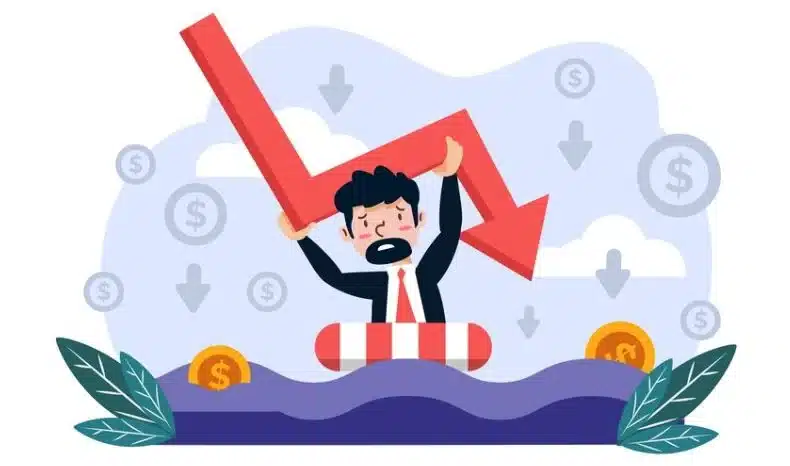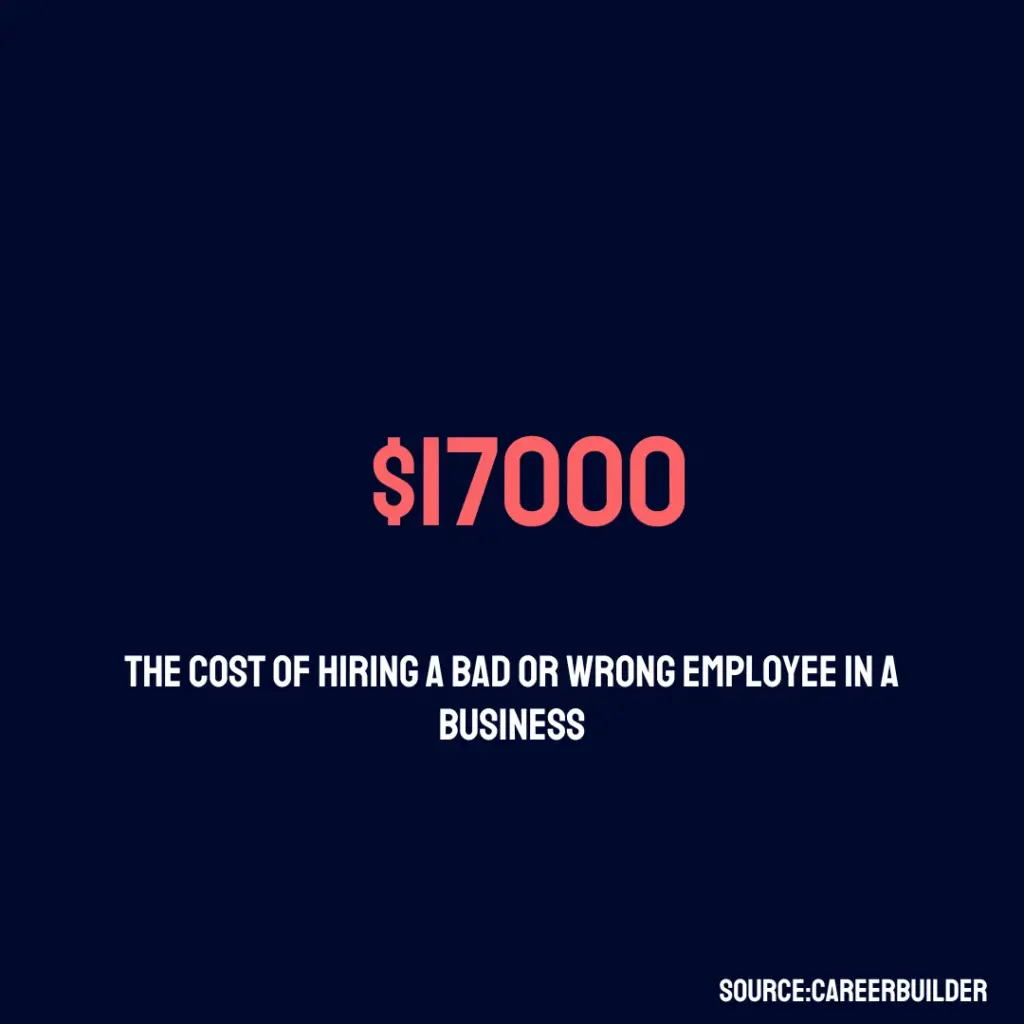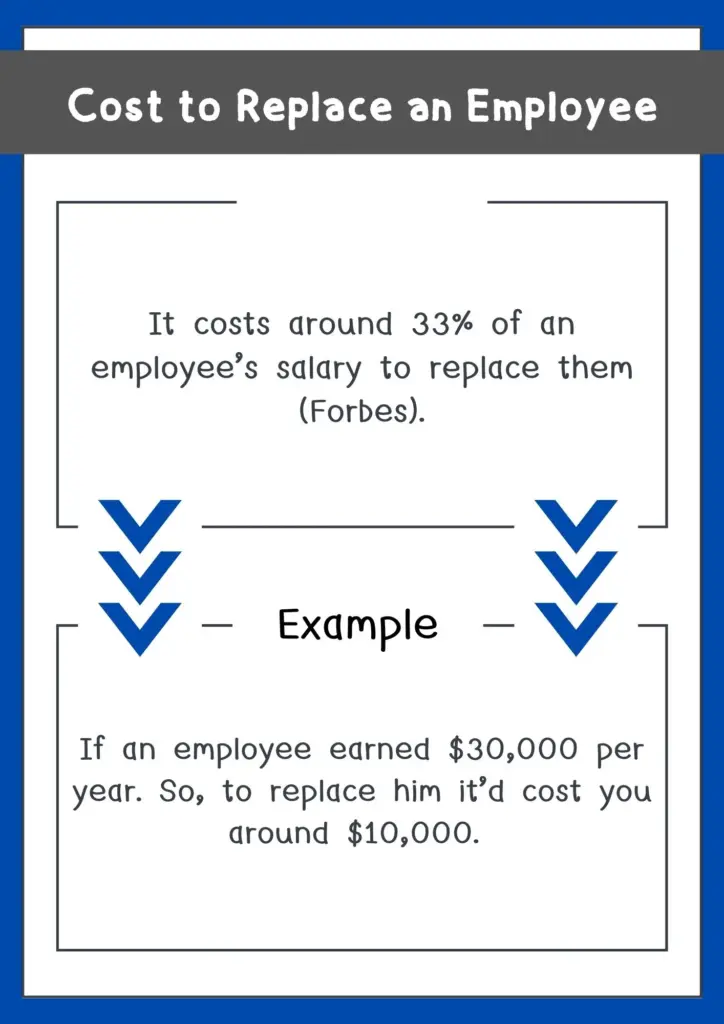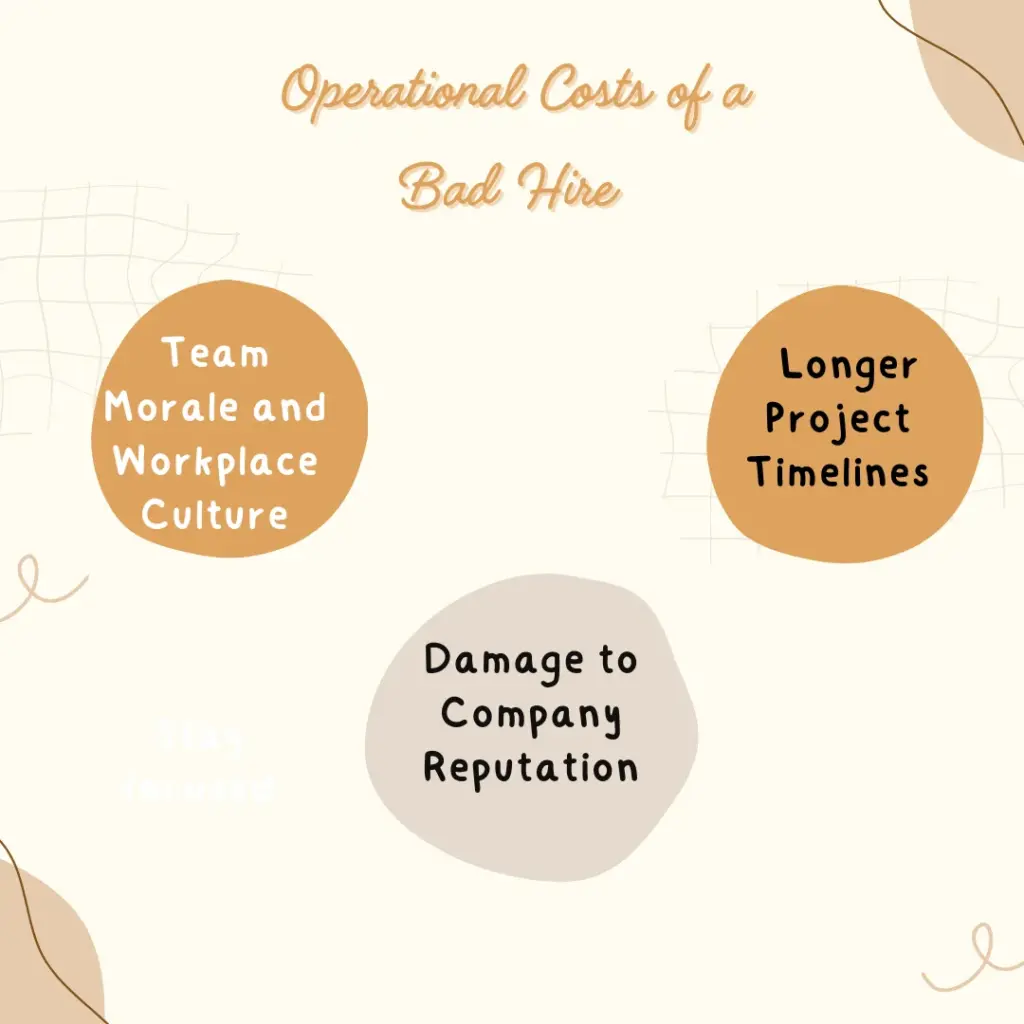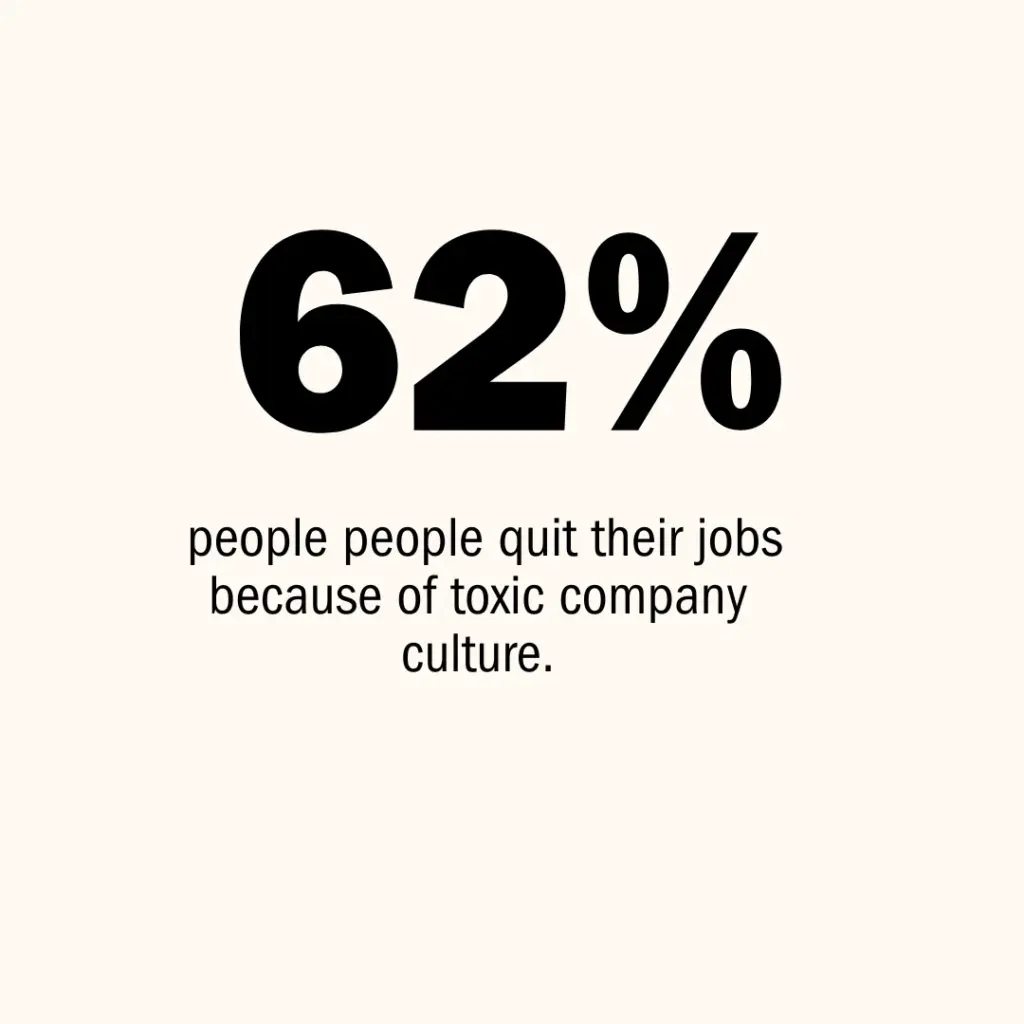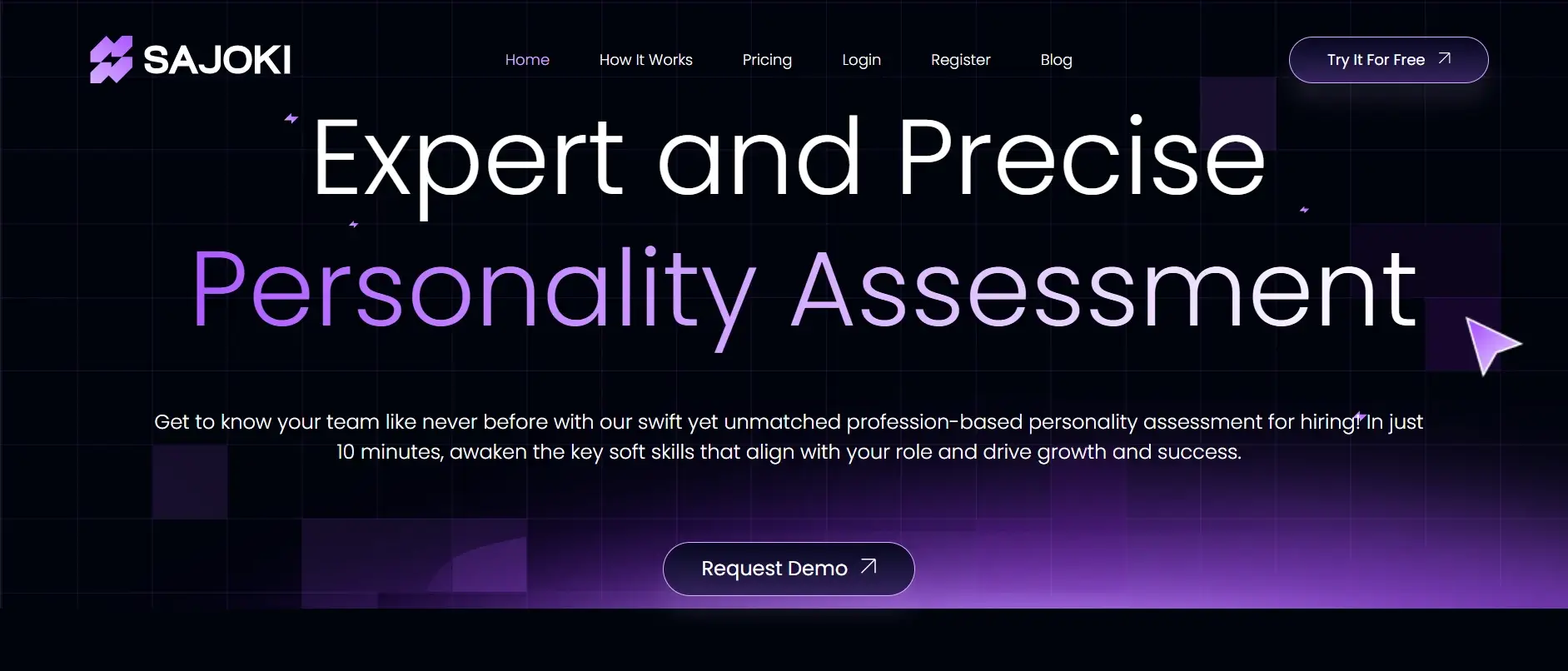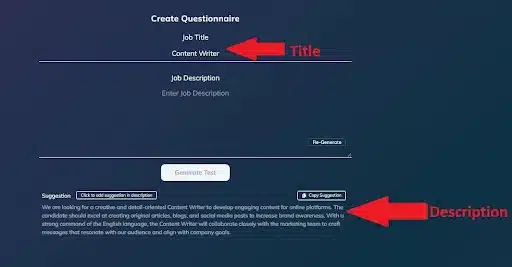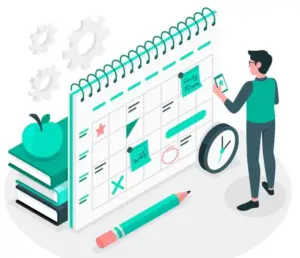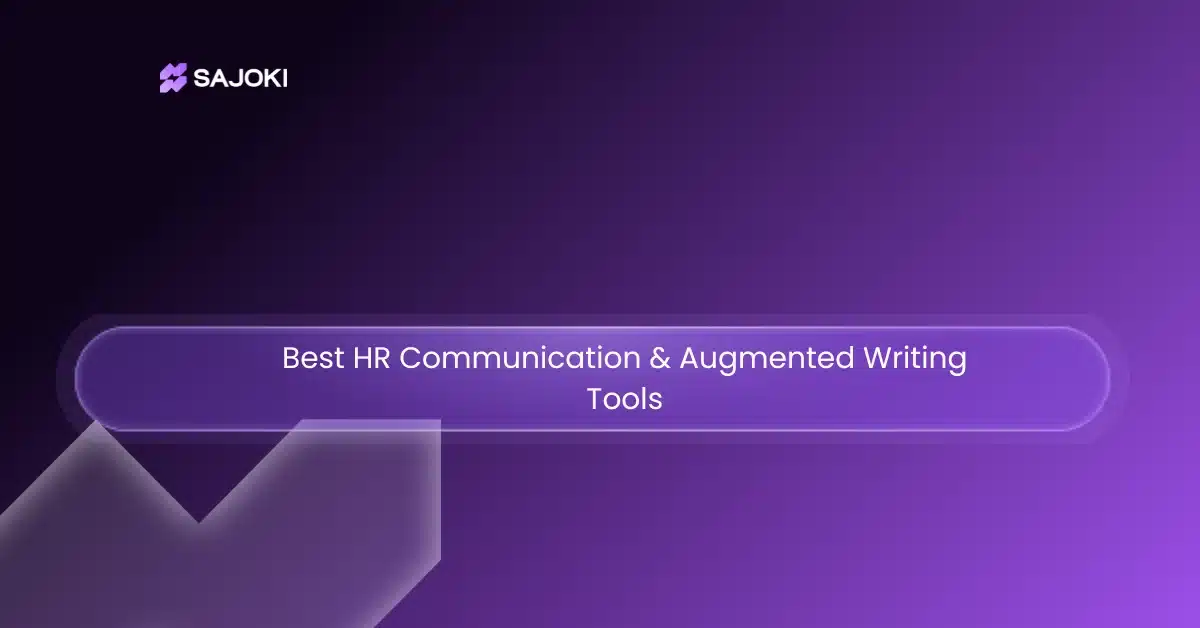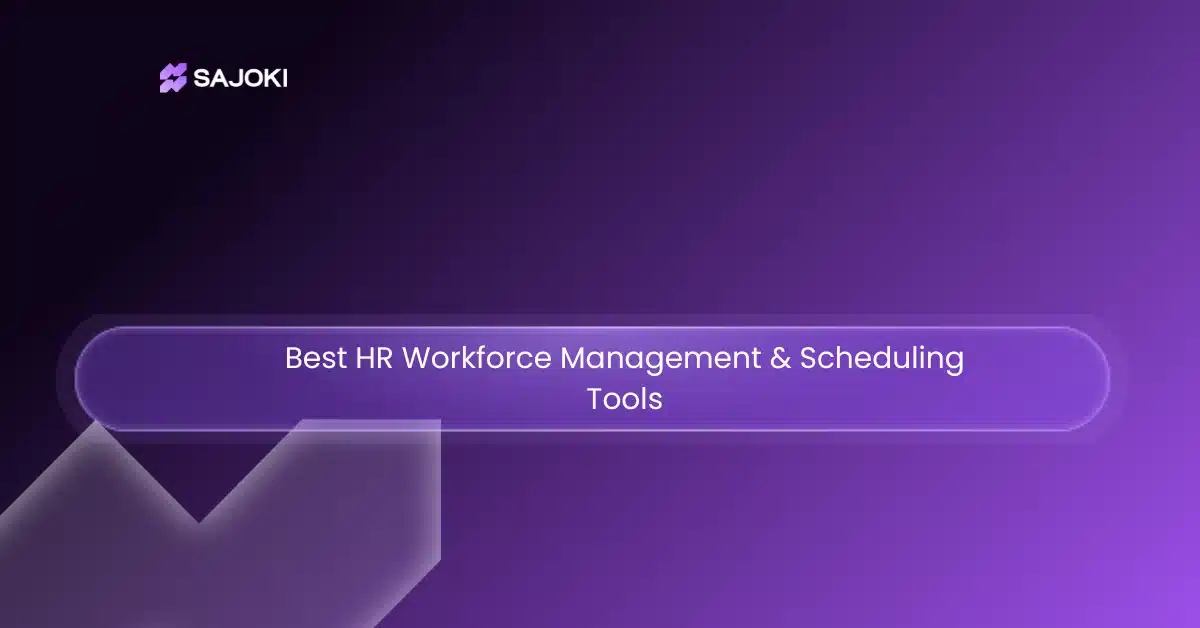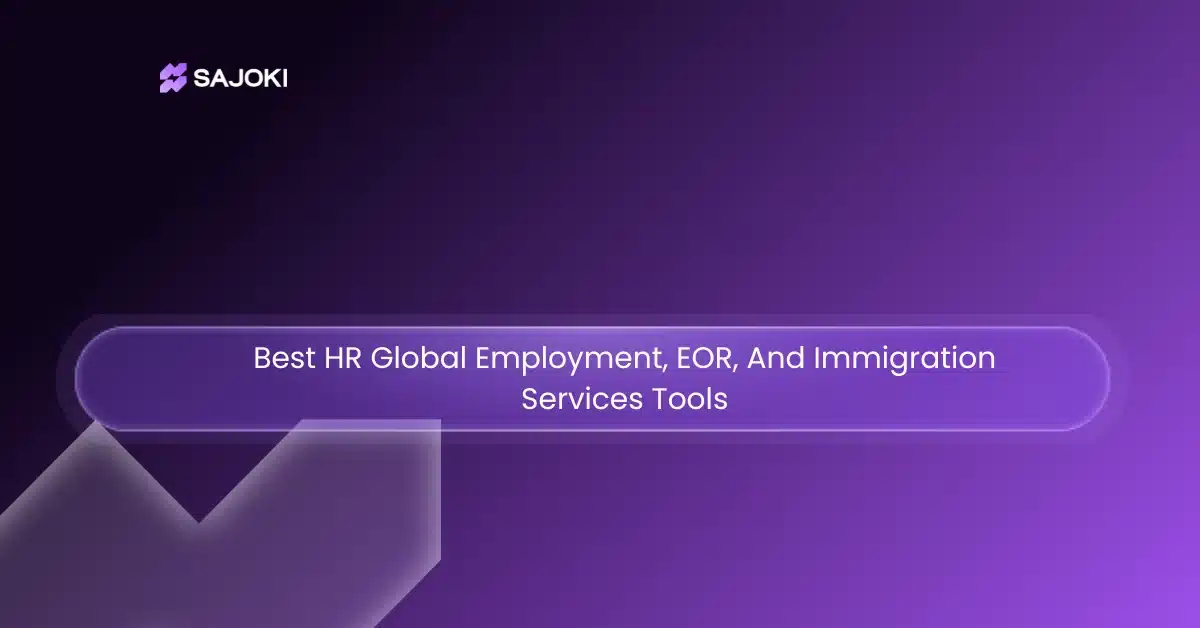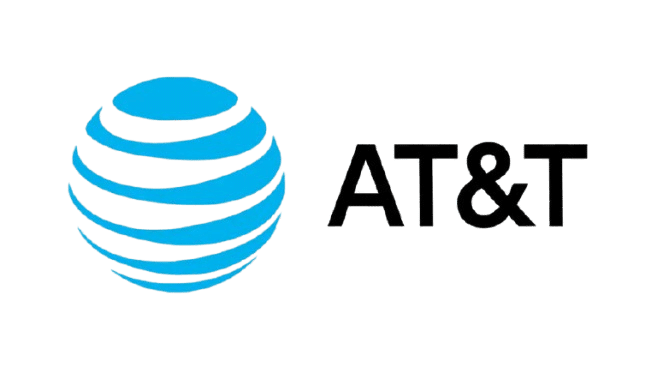Let’s start with an interesting fact. In a survey of 2,000 hiring managers, around 75% admitted to hiring the wrong person (CareerBuilder). Yes, that’s every 3 out of 4 hiring managers!
So, bad hiring decisions are more common than most businesses realize. Whether due to rushed recruitment, poor cultural fit, or misleading resumes, bad hires come at a high cost-especially financially.
“A bad hire can cost a company up to 30% of the employee’s first-year salary” (U.S. Department of Labor).
But the damage doesn’t stop there. A bad hire can disrupt workflow, harm team morale, and increase turnover too. Managers waste valuable time addressing performance issues, while other employees take on extra work, leading to stress and disengagement.
In this research, we’ll break down the true cost of a bad hire—both its financial and operational impact. Then we will explore how businesses can minimize these risks to improve hiring accuracy and ensure long-term success.
Here’s the updated table with Key Findings on Bad Hires and Their Impact:
| Key Findings | Statistics |
|---|---|
| Hiring managers admitting to bad hires | 75% |
| Cost of a bad hire (percentage of salary) | 30% |
| Average cost of a bad hire | $17,000 |
| Average cost to hire a new employee | $4,700 |
| Customers leaving after multiple bad experiences | 73% |
| Women avoiding companies with poor reputation | 86% |
| Men avoiding companies with poor reputation | 67% |
How to Identify a Bad Hire: 7 Key Warning Signs
A bad hire is an employee who turns out to be the wrong fit for the job or the company. This could be due to poor performance, a negative attitude, or difficulty working with the team.
A bad hire doesn’t only struggle in their own role. They can also affect overall team productivity and morale.
Here are 7 signs of a bad hire:
1. Poor Performance
A key sign of a bad hire is that they consistently struggle to complete tasks. They often fail to meet deadlines or need constant supervision despite receiving proper training and guidance.
2. Not a Cultural Fit
Even if an employee has the required skills, they may not fit well within the team or company culture.
Now, if they have difficulty communicating, collaborating, or following company values, it can create tension within the workplace.
3. Lack of Motivation
A disengaged employee who shows little interest in improving, avoids taking initiative or does only the bare minimum can negatively impact team energy and overall workplace enthusiasm.
4. Frequent Absences
Regular lateness or unexplained absences can indicate a lack of commitment or dissatisfaction with the job. It can hamper workflow and put pressure on other employees
5. Negative Attitude
A new hire who constantly complains resists feedback, or causes conflicts within the team can create a toxic work environment and bring down team morale.
6. Struggles to Adapt
In today’s fast-changing work environment, adaptability is key. If a new employee struggles to keep up with new processes, technology, or company changes, it could indicate they are not the right fit for the role.
7. No Improvement Over Time
While all employees need time to adjust, a good hire should show progress. If, after receiving feedback and support, an employee still fails to improve or meet expectations, they may not be suitable for the role.
How Much Does a Bad Hire Cost You?
As we said earlier, bad hiring can cost you up to an employee 30% salary. So, imagine an employee is getting $100,000. So, that can cost you up to $30,000! Shocking right? Well, it yes.
Here’s something more interesting:
Yes, that’s right! A study by CareerBuilder shows that hiring a bad or wrong employee can cost a business $17000 on average! For higher positions, the cost can be even more.
Beyond these direct costs, a poor hiring decision has so many negative impacts that it can slow your entire business growth. So, take a closer look at the financial and operational consequences of a bad hire.
Financial Costs of a Bad Hire
A bad hire doesn’t just affect your team. It also comes with significant financial drawbacks. Here are some of the biggest costs businesses may face:
1. Recruiting and Training
This is perhaps the biggest financial cost of bad hiring.
Every hiring decision comes with a price tag. From job postings and interviews to training and onboarding, every step requires time and money.
Think about the hours spent by recruiters, HR personnel, and managers reviewing applications. They also have to conduct interviews and finalize the paperwork. Then, add the time spent training and integrating the new hire into the team. Sounds costly, right? Well, it is.
According to the Society for Human Resource Management (SHRM), hiring a new employee can cost $4,700 on average.
The worst part is if a bad hire doesn’t work out, businesses must go through the entire process again. So, it would double the expenses and drain resources.
(Source)
That is why, companies should be very careful in recruiting the best possible candidate and hiring the best one possible.
2. Decreasing the Productivity
A bad hire doesn’t just harm individual performance—it can drastically affect team productivity, leading to significant financial losses.
Poor-performing employees often require more supervision, diverting time and energy from managers and other team members. Have a look at these stats to get a better idea.
The longer a bad hire remains in the role, the more costly the effects on productivity, and the higher the impact on revenue.
3. Losing Customers
This is a major financial risk that many businesses overlook. A bad hire’s poor performance can directly affect customer experience. It can lead to dissatisfaction and lost revenue.
A bad hire’s bad performance can directly impact your customer. According to studies, 73% of customers will move to your competitors if they have multiple bad experiences with you (Zendesk).
And remember, losing customers doesn’t just impact immediate sales—it also affects long-term business growth. A lost customer means lost repeat business, negative word-of-mouth, and a damaged brand reputation. So it makes it even harder to attract new clients.
Operational Costs of a Bad Hire
Hiring the wrong employee can weaken team collaboration, lower morale, and even damage your company’s reputation. Here’s how a bad hire can negatively impact daily operations.
1. Team Morale and Workplace Culture
A poor hire can drag down overall team morale. When a team member underperforms, others often have to take on extra work.
This can lead to frustration, stress, and burnout. Employees who feel overburdened or undervalued may disengage, resulting in lower motivation and productivity.
When team morale drops, engagement and efficiency suffer, making it harder to retain top talent.
2. Damage to Company Reputation
A bad hire especially in customer-facing roles—can hurt a company’s reputation.
Things like negative interactions with different clients missed deadlines, or poor service can lead to bad reviews and lost business opportunities.
It is found that 86% of women and 67% of men in the U.S. would avoid working for a company with a poor reputation (Glassdoor).
Rebuilding a damaged reputation takes time and resources, making it essential to focus on hiring the right people from the start.
3. Longer Project Timelines
If a new hire lacks the necessary skills or struggles to adapt, projects can slow down or even fail. Miscommunication, mistakes, and inefficiencies can delay deadlines and affect overall business goals.
Bad Hire vs Good Hire: How Both Impacts Your Business
Hopefully, you have an idea of how badly Bad Hiring can impact your business. Now, Here’s a comparison of a Bad Hire vs. a Good Hire to highlight the key differences in their impact on a business.
| Basis | Bad Hire | Good Hire |
| Productivity | Struggles to meet expectations and slows down team progress | Contributes efficiently, enhances team performance |
| Financial Impact | Costs up to 30% of an employee’s annual salary due to turnover and lost productivity. | Provides strong ROI by driving revenue and reducing hiring costs |
| Team Morale | Lowers morale, creates frustration among coworkers | Boosts team spirit, and fosters a positive work environment |
| Customer Experience | This leads to poor service and results in lost customers | Strengthens customer relationships and loyalty. |
| Company Reputation | Damages employer brand, making future hiring harder | Enhances company reputation, attracting top talent |
| Retention Rate | Increases turnover, requiring frequent replacements | Stays long-term, reducing hiring and training costs |
| Work Quality | Produces subpar results, requiring frequent corrections | Delivers high-quality work with minimal supervision |
How to Avoid a Bad Hire: 8 Proven Strategies for Better Recruitment
You already know how costly bad hiring can be. But the good news is that businesses can take proactive steps to minimize hiring mistakes.
By refining the recruitment process and using the right tools, companies can improve hiring accuracy and build stronger teams. Here are 8 key ways to avoid a bad hire:
1. Perform Personality Assessments
Resumes and interviews only reveal part of the picture. Use personality assessments to evaluate traits like teamwork, problem-solving, and adaptability.
For example, a candidate may have strong technical skills but struggle with communication. Here an assessment can bring out such mismatches before hiring.
Speaking of personality assessments, you can use different pre-employment personality assessment tools like Sajoki to evaluate whether a candidate is a good cultural fit and has the traits needed to thrive in the role.
2. Create a Clear Job Description
A vague job posting can attract unqualified candidates. Instead, outline specific skills, responsibilities, and expectations. For example, instead of saying “Must be familiar with social media,” specify “Must have experience managing paid Facebook and LinkedIn ad campaigns.”
Now, we have mentioned Sajoki for personality assessments. Another cool thing about this tool is that it can automatically give you job descriptions. So, if you decide to use Sajoki, just give the Job title and it will create the best possible job description.
3. Review Past Hiring Mistakes
Analyze previous bad hires to identify common mistakes. Did you prioritize experience over cultural fit? Did unclear job expectations lead to early resignations? Or was it anything else?
Try to learn from these missteps and take better methods to refine future hiring decisions.
4. Conduct Structured Interviews
You should avoid casual, unstructured interviews that rely on gut feeling. Instead, use standardized questions and skill-based tests.
Here’s an example, instead of asking “How do you handle pressure?”, ask “Tell us about a time you worked on a tight deadline—what steps did you take?” This will help you to understand the candidate better.
5. Check References and Past Work
Don’t just rely on a candidate’s self-reported skills—verify them. Contact previous employers to confirm work history and ask about reliability.
If possible, review work samples, such as a writing portfolio for a content role or code samples for a developer.
6. Use a Trial or Probation Period
A probation period allows you to assess performance before making a long-term commitment. For example, a company might start a new hire on a three-month contract. During this time, evaluate the candidate’s work ethic, adaptability, and team collaboration before offering a permanent role.
7. Involve Multiple Decision-Makers
A second opinion can prevent hiring mistakes. Have multiple team members assess candidates to get diverse perspectives.
For instance, if an engineer is being hired, both HR and the technical lead should be involved in the interview process to evaluate soft and hard skills.
8. Offer Realistic Job Previews
Set accurate expectations by providing candidates with a real glimpse into their role.
For example, ask them to complete a short work-related task. It can be drafting a sales email or troubleshooting a mock technical issue in order to check their actual ability.
By following these strategies, companies can reduce hiring risks and ensure they bring in the right talent from the start.
Bottom Line
A bad hire isn’t just an inconvenience—it’s a costly mistake that affects every part of a business. From wasted hiring expenses and lost productivity to declining team morale and a damaged reputation, the impact can be significant.
Research shows that replacing a bad hire can cost thousands, and the effects can slow down business growth.
However, these risks are avoidable by refining hiring strategies. So use personality assessments, clear job descriptions, and structured interviews to secure the right talent and build a stronger, more successful team.
